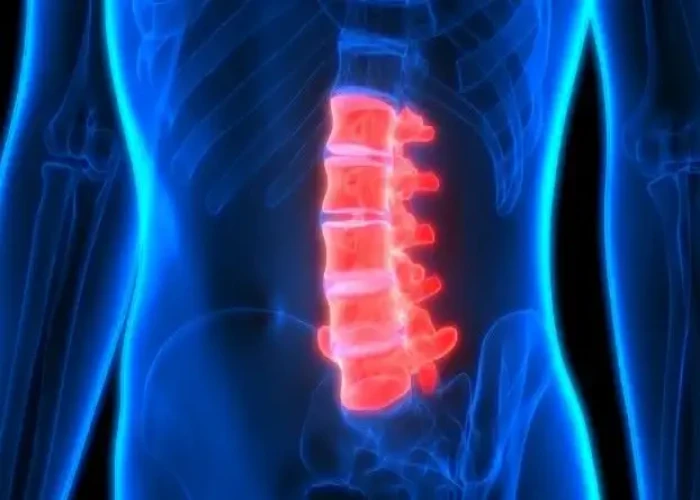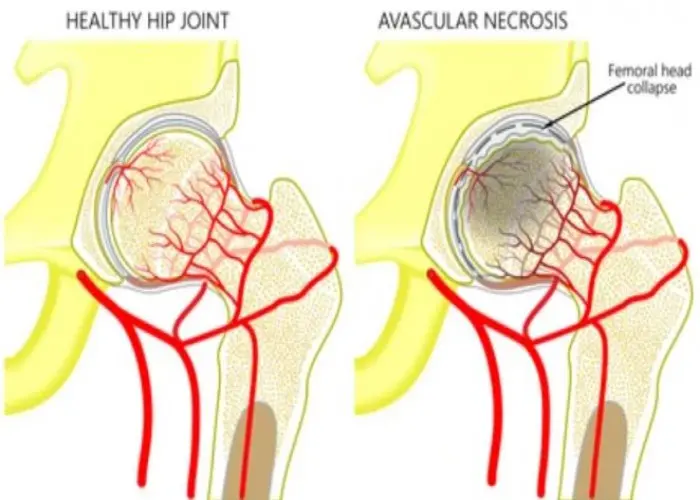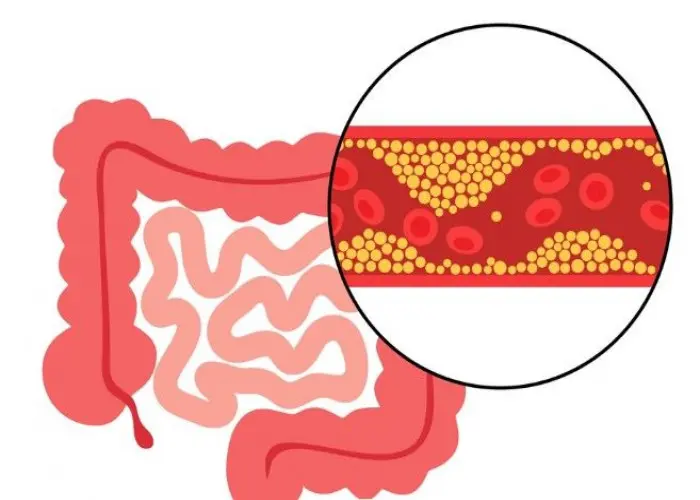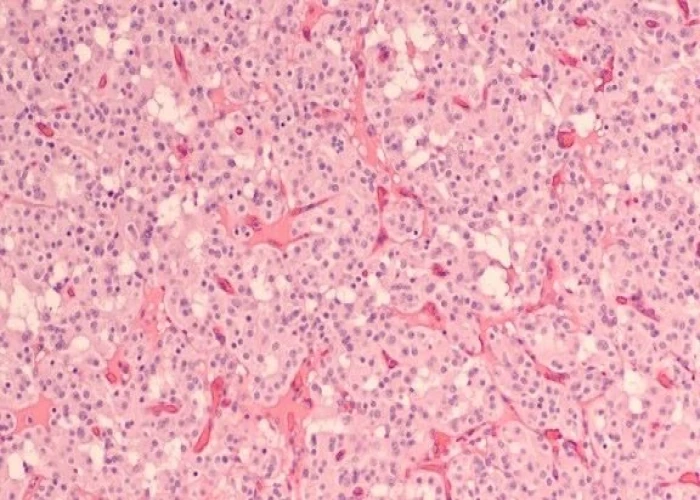 Welcome
Welcome
“May all be happy, may all be healed, may all be at peace and may no one ever suffer."
Spinal cord injury

A spinal cord injury (SCI) is damage to the spinal cord that can cause temporary or permanent changes in a person's sensation, strength, and function. The spinal cord is a bundle of nerves that runs from the brain down the back, and it carries signals from the brain to the rest of the body. SCI can result from a traumatic injury or non-traumatic causes, such as diseases or degeneration.
The severity of SCI can vary widely, depending on the location and extent of the injury. SCI can be classified as complete or incomplete, based on the amount of function and sensation lost below the level of the injury. In a complete injury, there is a total loss of sensation and function below the level of the injury. In an incomplete injury, there is some degree of sensation and function retained below the level of the injury.
SCI can cause a range of symptoms, including paralysis, numbness or tingling, muscle weakness or spasms, loss of bladder or bowel control, and difficulty breathing. Complications such as pressure sores, infections, and respiratory problems can also arise.
There is no cure for SCI, but treatments such as rehabilitation, assistive devices, and medications can help manage symptoms and improve quality of life. Rehabilitation may include physical therapy, occupational therapy, and speech therapy to help individuals regain function and independence. Assistive devices such as wheelchairs, braces, and other mobility aids can also help improve mobility and function. Medications may be prescribed to manage pain, spasticity, and other complications.
Prevention of SCI is the best approach. This includes wearing protective equipment such as helmets and seat belts, and practicing safe behaviors such as avoiding risky activities and driving responsibly. In the event of a traumatic injury, prompt medical attention and appropriate care can help minimize the extent of SCI and improve outcomes.
Research Papers
Disease Signs and Symptoms
- Spinal cord injury
- Difficulty with balance and walking
- Numbness, tingling or loss of sensation in hands, fingers, feet or toes
- Weakness, incoordination or paralysis in any part of body
- Pain or an intense stinging sensation caused by damage to the nerve fibers in spinal cord
- Changes in sexual function, sexual sensitivity and fertility
- Exaggerated reflex activities or spasms
- Loss or altered sensation, including the ability to feel heat, cold and touch
- Loss of bladder or bowel control (incontinence)
- Numbness
- Weakness
- Arms, hands, trunk, legs and pelvic organs are all affected by spinal cord injury.
Disease Causes
Spinal cord injury
Spinal cord injuries can result from damage to the vertebrae, ligaments or disks of the spinal column or to the spinal cord itself.
A traumatic spinal cord injury can stem from a sudden, traumatic blow to your spine that fractures, dislocates, crushes or compresses one or more of your vertebrae. It can also result from a gunshot or knife wound that penetrates and cuts your spinal cord.
Additional damage usually occurs over days or weeks because of bleeding, swelling, inflammation and fluid accumulation in and around your spinal cord.
A nontraumatic spinal cord injury can be caused by arthritis, cancer, inflammation, infections or disk degeneration of the spine.
Your brain and central nervous system
The central nervous system comprises the brain and spinal cord. The spinal cord is made of soft tissue and surrounded by bones (vertebrae). It extends down from the base of your brain and contains nerve cells and groups of nerves called tracts, which go to different parts of your body.
The lower end of your spinal cord stops a little above your waist in the region called the conus medullaris. Below this region is a group of nerve roots called the cauda equina.
Tracts in your spinal cord carry messages between your brain and the rest of your body. Motor tracts carry signals from your brain to control muscle movement. Sensory tracts carry signals from body parts to your brain relating to heat, cold, pressure, pain and the position of your limbs.
Damage to nerve fibers
Whether the cause is traumatic or nontraumatic, the damage affects the nerve fibers passing through the injured area and can impair part of or all the muscles and nerves below the injury site.
A chest (thoracic) or lower back (lumbar) injury can affect your torso, legs, bowel and bladder control, and sexual function. A neck (cervical) injury affects the same areas in addition to affecting movements of your arms and, possibly, your ability to breathe.
Common causes of spinal cord injuries
The most common causes of spinal cord injuries in the United States are:
- Motor vehicle accidents. Auto and motorcycle accidents are the leading cause of spinal cord injuries, accounting for almost half of new spinal cord injuries each year.
- Falls. A spinal cord injury after age 65 is most often caused by a fall.
- Acts of violence. About 12% of spinal cord injuries result from violent encounters, usually from gunshot wounds. Knife wounds also are common.
- Sports and recreation injuries. Athletic activities, such as impact sports and diving in shallow water, cause about 10% of spinal cord injuries.
- Diseases. Cancer, arthritis, osteoporosis and inflammation of the spinal cord also can cause spinal cord injuries.
Disease Prevents
Spinal cord injury
Following this advice might reduce your risk of a spinal cord injury:
- Drive safely. Car crashes are one of the most common causes of spinal cord injuries. Wear a seat belt every time you're in a moving vehicle.
- Make sure that your children wear a seat belt or use an age- and weight-appropriate child safety seat. To protect them from air bag injuries, children under age 12 should always ride in the back seat.
- Check water depth before diving. Don't dive into a pool unless it's 12 feet (about 3.7 meters) or deeper, don't dive into an aboveground pool and don't dive into water if you don't know how deep it is.
- Prevent falls. Use a step stool with a grab bar to reach high-up objects. Add handrails along stairways. Put nonslip mats on tile floors and in the tub or shower. For young children, use safety gates to block stairs and consider installing window guards.
- Take precautions when playing sports. Always wear recommended safety gear. Avoid leading with your head in sports. For example, don't slide headfirst in baseball, and don't tackle using the top of your helmet in football. Use a spotter for new moves in gymnastics.
- Don't drink and drive. Don't drive while intoxicated or under the influence of drugs. Don't ride with a driver who's been drinking.
Disease Treatments
Unfortunately, there's no way to reverse damage to the spinal cord. But researchers are continually working on new treatments, including prostheses and medications, that might promote nerve cell regeneration or improve the function of the nerves that remain after a spinal cord injury.
In the meantime, spinal cord injury treatment focuses on preventing further injury and empowering people with a spinal cord injury to return to an active and productive life.
Emergency actions
Urgent medical attention is critical to minimize the effects of head or neck trauma. Therefore, treatment for a spinal cord injury often begins at the accident scene.
Emergency personnel typically immobilize the spine as gently and quickly as possible using a rigid neck collar and a rigid carrying board, which they use during transport to the hospital.
Early (acute) stages of treatment
In the emergency room, doctors focus on:
- Maintaining your ability to breathe
- Preventing shock
- Immobilizing your neck to prevent further spinal cord damage
- Avoiding possible complications, such as stool or urine retention, respiratory or cardiovascular difficulty, and formation of deep vein blood clots in the extremities
If you have a spinal cord injury, you'll usually be admitted to the intensive care unit for treatment. You might be transferred to a regional spine injury center that has a team of neurosurgeons, orthopedic surgeons, spinal cord medicine specialists, psychologists, nurses, therapists and social workers with expertise in spinal cord injury.
- Medications. Methylprednisolone (Solu-Medrol) given through a vein in the arm (IV) has been used as a treatment option for an acute spinal cord injury in the past. But recent research has shown that the potential side effects, such as blood clots and pneumonia, from using this medication outweigh the benefits.
- Because of this, methylprednisolone is no longer recommended for routine use after a spinal cord injury.
- Immobilization. You might need traction to stabilize or align your spine. Options include soft neck collars and various braces.
- Surgery. Often surgery is necessary to remove fragments of bones, foreign objects, herniated disks or fractured vertebrae that appear to be compressing the spine. Surgery might also be needed to stabilize the spine to prevent future pain or deformity.
- Experimental treatments. Scientists are trying to figure out ways to stop cell death, control inflammation and promote nerve regeneration. For example, lowering body temperature significantly — a condition known as hypothermia — for 24 to 48 hours might help prevent damaging inflammation. More study is needed.
Ongoing care
After the initial injury or condition stabilizes, doctors turn their attention to preventing secondary problems that may arise, such as deconditioning, muscle contractures, pressure ulcers, bowel and bladder issues, respiratory infections, and blood clots.
The length of your hospital stay will depend on your condition and the medical issues you face. Once you're well enough to participate in therapies and treatment, you might transfer to a rehabilitation facility.
Rehabilitation
Rehabilitation team members will begin to work with you while you're in the early stages of recovery. Your team might include a physical therapist, an occupational therapist, a rehabilitation nurse, a rehabilitation psychologist, a social worker, a dietitian, a recreation therapist, and a doctor who specializes in physical medicine (physiatrist) or spinal cord injuries.
During the initial stages of rehabilitation, therapists usually emphasize maintaining and strengthening muscle function, redeveloping fine motor skills, and learning ways to adapt to do day-to-day tasks.
You'll be educated on the effects of a spinal cord injury and how to prevent complications, and you'll be given advice on rebuilding your life and increasing your quality of life and independence.
You'll be taught many new skills, and you'll use equipment and technologies that can help you live on your own as much as possible. You'll be encouraged to resume your favorite hobbies, participate in social and fitness activities, and return to school or the workplace.
Medications
Medications might be used to manage some of the effects of spinal cord injury. These include medications to control pain and muscle spasticity, as well as medications that can improve bladder control, bowel control and sexual functioning.
New technologies
Inventive medical devices can help people with a spinal cord injury become more independent and more mobile. These include:
- Modern wheelchairs. Improved, lighter weight wheelchairs are making people with spinal cord injuries more mobile and more comfortable. Some people need an electric wheelchair. Some wheelchairs can even climb stairs, travel over rough ground and elevate a user to reach high places without help.
- Computer adaptations. For someone who has limited hand function, computers can be difficult to operate. Computer adaptations range from simple to complex, such as key guards and voice recognition.
- Electronic aids to daily living. Essentially any device that uses electricity can be controlled with an electronic aid to daily living. Devices can be turned on or off by switch or voice-controlled and computer-based remotes.
- Electrical stimulation devices. Often called functional electrical stimulation systems, these sophisticated devices use electrical stimulators to control arm and leg muscles to allow people with spinal cord injuries to stand, walk, reach and grip.
Prognosis and recovery
Your doctor might not be able to give you a prognosis right away. Recovery, if it occurs, usually relates to the severity and level of the injury. The fastest rate of recovery is often seen in the first six months, but some people make small improvements for up to 1 to 2 years.
Disease Diagnoses
Disease Allopathic Generics
Disease Ayurvedic Generics
Disease Homeopathic Generics
Disease yoga
Spinal cord injury and Learn More about Diseases

Encopresis

Avascular necrosis

Intestinal ischemia

Edema

Peripheral nerve injuries

Separation anxiety disorder

Pancreatic neuroendocrine tumors

Chronic cough
Spinal cord injury, সুষুম্না আঘাত
To be happy, beautiful, healthy, wealthy, hale and long-lived stay with DM3S.
